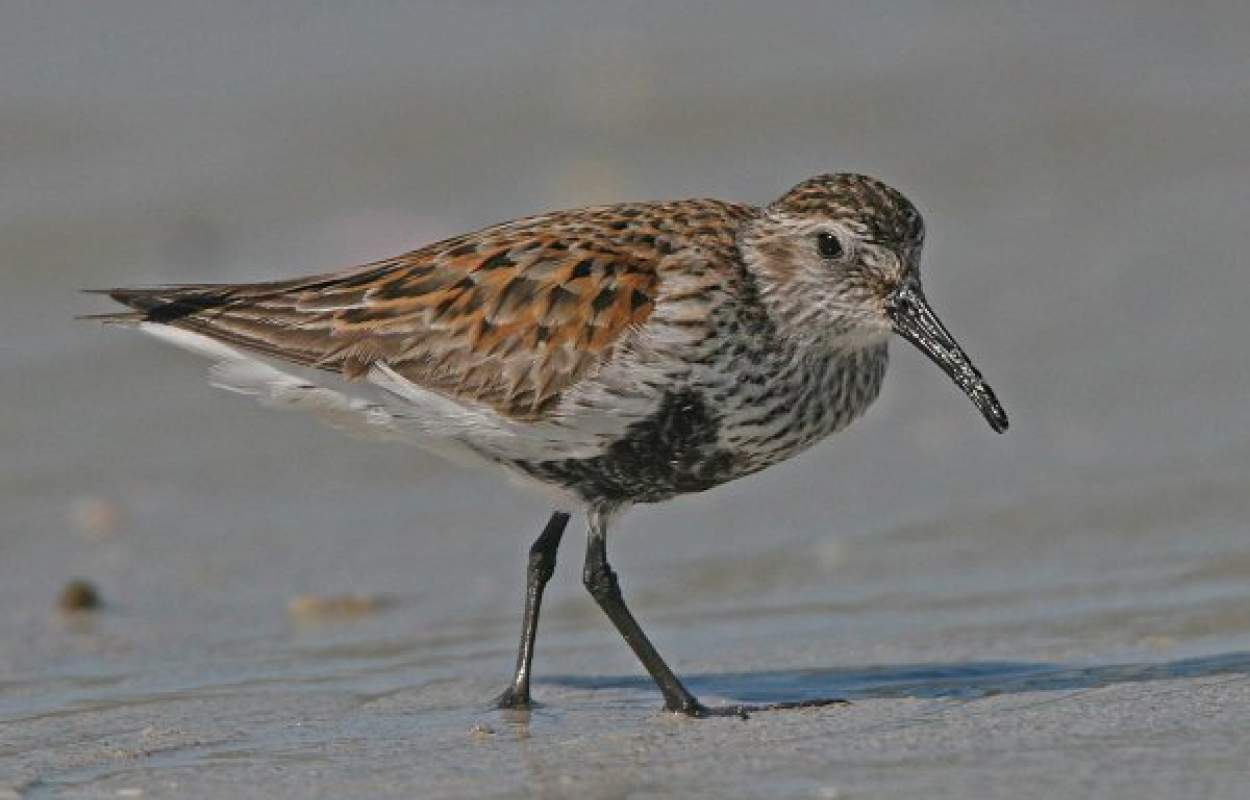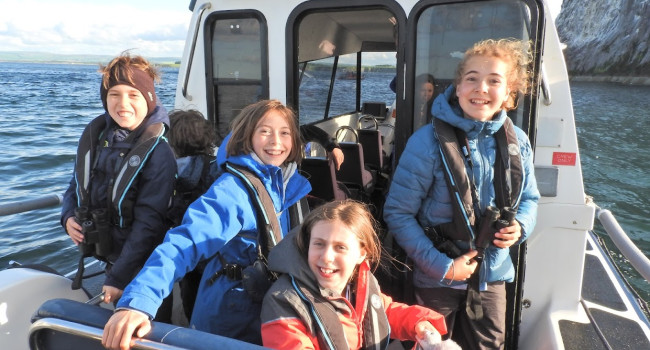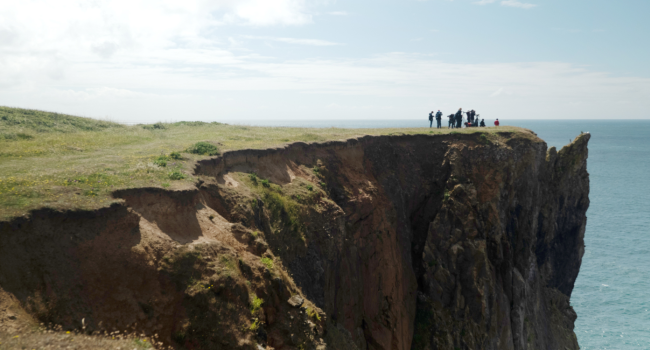Review of knowledge regarding the effect of major estuarine developments on bird populations with reference to proposals for an airport in the Thames Estuary

Author(s): Lucy J. Wright, Veronica Mendez & Niall H.K. Burton
Published: January 2014 Issue No.: 657 Pages: 50pp
ISBN: 978-1-908581-43-3
Download article 747.9 KB application/pdf
BTO ecologists have recently reported on controversial proposals to build an airport on the Isle of Grain in the Thames Estuary.
The study shows that this development would cause significant loss of coastal habitat within two areas that are protected under European law for their internationally important waterbird populations.
summary of the BTO's work
Abstract
BTO work contributes to the decision on the proposed inner Thames Airport
The UK Government Airports Commission is currently reviewing options for increasing UK airport capacity. One option was a new airport in the inner Thames Estuary. Medway Council commissioned the BTO to provide an independent review of this proposed development’s potential consequences for birds, and of the compensation and mitigation measures that would be required to offset any negative impacts.
Airport impacts
The BTO review highlighted that the proposed airport would cause significant loss of coastal wetland habitat, largely within the Thames Estuary and Marshes, but also in the Medway Estuary and Marshes. Both are designated as Ramsar sites and as Special Protection Areas (SPAs, under the European Birds Directive). Data from the Wetland Bird Survey indicated that over 21,000 waterbirds would be affected by habitat loss, around 25% of the current total population using the two SPAs. Birds would additionally be compromised by habitat degradation, disturbance, changes in substrate and the need to manage numbers to minimise the risk of bird strike faced by planes using the airport.
Legislative background
It would not be possible to mitigate the negative impacts on existing SPA features fully. Thus, any ‘Appropriate Assessment’ (undertaken as part of the required Habitats Regulations Assessment process for plans that might affect a European protected site) would find ‘likely significant (adverse) effects’ on the SPA network. Plans or projects that negatively affect the integrity of such sites can go ahead only if there are ‘imperative reasons of overriding public interest’. When there are no alternative solutions, compensatory measures have to be secured.
The BTO review highlighted a number of significant challenges to providing compensatory habitat, which included:
- European Habitats Directive guidance suggests that compensatory habitat should be at least twice the area lost. Due to the risk of bird strike, this habitat would need to be created at least 13 km from the airport.
- As it is not certain that habitat creation would be successful, a higher ratio of compensatory habitat to habitat lost would be required as a precaution.
- Adult waterbirds are highly site-faithful, so displaced individuals would likely suffer increased levels of mortality. Colonisation of compensatory habitat provided at a distance would occur only over a period of years, as juveniles join the population, so such habitat would need to be in place a number of years in advance.
The Airports Commission Review
On 2 September 2014 the Airports Commission announced that the proposed inner Thames Airport would not be shortlisted for more detailed development and appraisal. The independent review undertaken by the BTO provides an example of how the decision-making process can be informed by bringing together long-term volunteer data and an evidence-based understanding of likely ecological issues.







Share this page